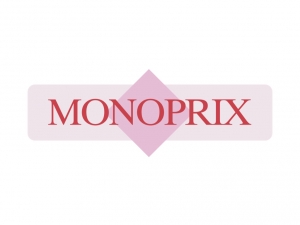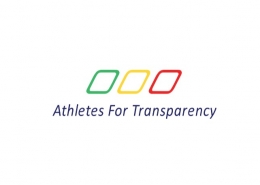


The project consisted in the iso-functional porting of two internal store management software programs, previously used by the customer on old barcode reading terminals.
Total project duration : 12 months
The total cost of the project was 350 man-days.
Details of the project :
Mission statement
Rewrite the two above-mentioned software programs, with identical functionalities, for a new type of terminal: Symbol MC3090 (Windows CE v5.0).
Organization
For the realization of the project, 3 persons have been allocated :
This contract was executed entirely with Tana Corp resources dedicated to the project.
Main characteristics of the client
The Monoprix group operates 4 banners for more than 300 stores in France. It employs 20,000 people and has a turnover of more than 3.5 billion euros. The food sector also represents 64% of the group’s turnover.
Conduct of the project
Solution features
Business processes covered by the solution
What were the most difficult features to implement ?
The synchronization part with the central mainframe system used a 30-year-old protocol (MSI2WAY), which did not exist in the target technology.
Solution: Implementation of the protocol from scratch.
technical platform elements
Software package, software or development languages used
After analysis of all the constraints, Tana Corp proposed the realization of a custom application, based entirely on a Microsoft solution :
Reasons for the choice
Share of pre-existing developments used on which the Supplier capitalized to complete the project
Challenges and key success factors
Business result
Today the application is operated in production and has allowed to:

 CREATIS NMR – MRS ANS MRSI DATA PROCESSING SOFTWARE
CREATIS NMR – MRS ANS MRSI DATA PROCESSING SOFTWARE